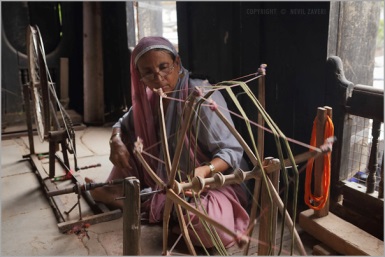Arts and crafts have been around as long as history. From the simple to the gaudy, from the intricate designs of the pysanka painted eggs of the Ukraine, to the complicated foldings of paper of the Japanese origami art, each holds its own uniqueness and beauty.
In order to truly enjoy making something, you need to be good at it, and in order to be good at it, you usually have to study it. That’s one reason it’s important to study crafts—to learn about their history, methodology, and meaning, and then, if you are brave enough, to attempt to make a craft yourself.
To study crafts you don’t need to be an artist or good with your hands. There are many who study crafts who simply admire their beauty and the incredible workmanship behind their design and making. Of course, some crafts are simple, and yet, simplicity is its own form of beauty.
Not everyone can study crafts because it takes having an appreciation first of all for their design, as well as for the method with which they are made—some of which are incredible, and which we cannot even fathom, wondering how such amazing crafts came to be.
To study crafts is to study culture, and the more you know about it, the greater appreciation you will have for it. When you study crafts made by a certain race or from a specific time period in history, you gain a deeper knowledge of those people and that time period that you would’ve if you had merely taken the crafts at face value. If you took the time to study crafts made in Thailand, for example, you would understand that a small boat made of banana leaves floats down the river as a symbol of forgiveness.
Photo Credit:Nevil Saveri
Login to
Don't have an account?
Access Free
Access Free




